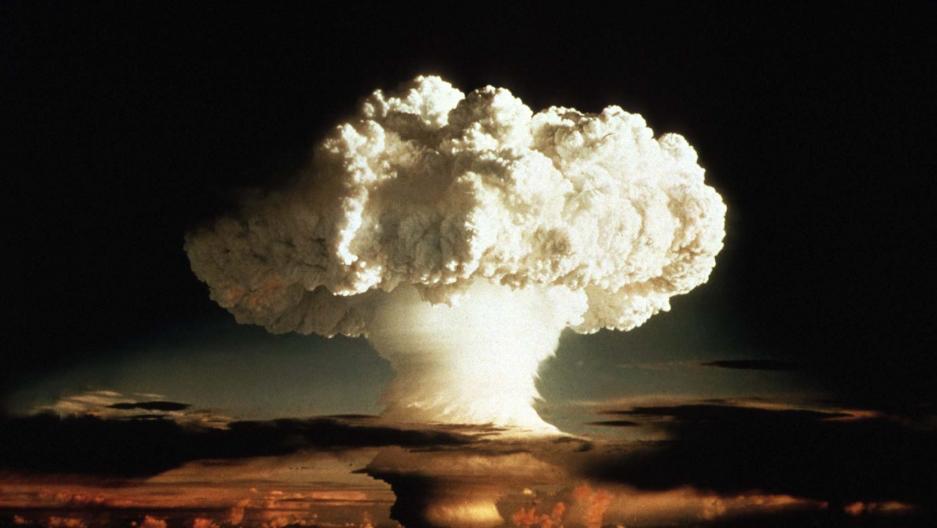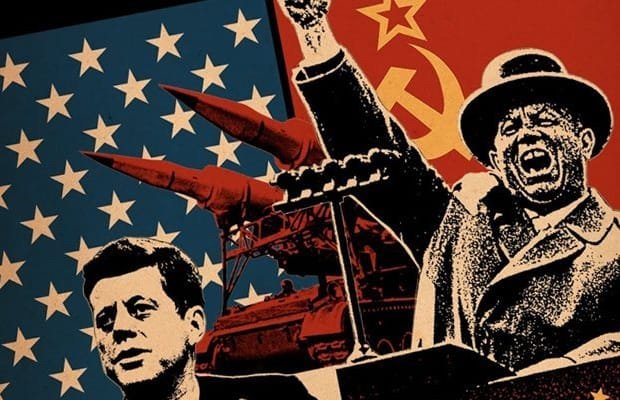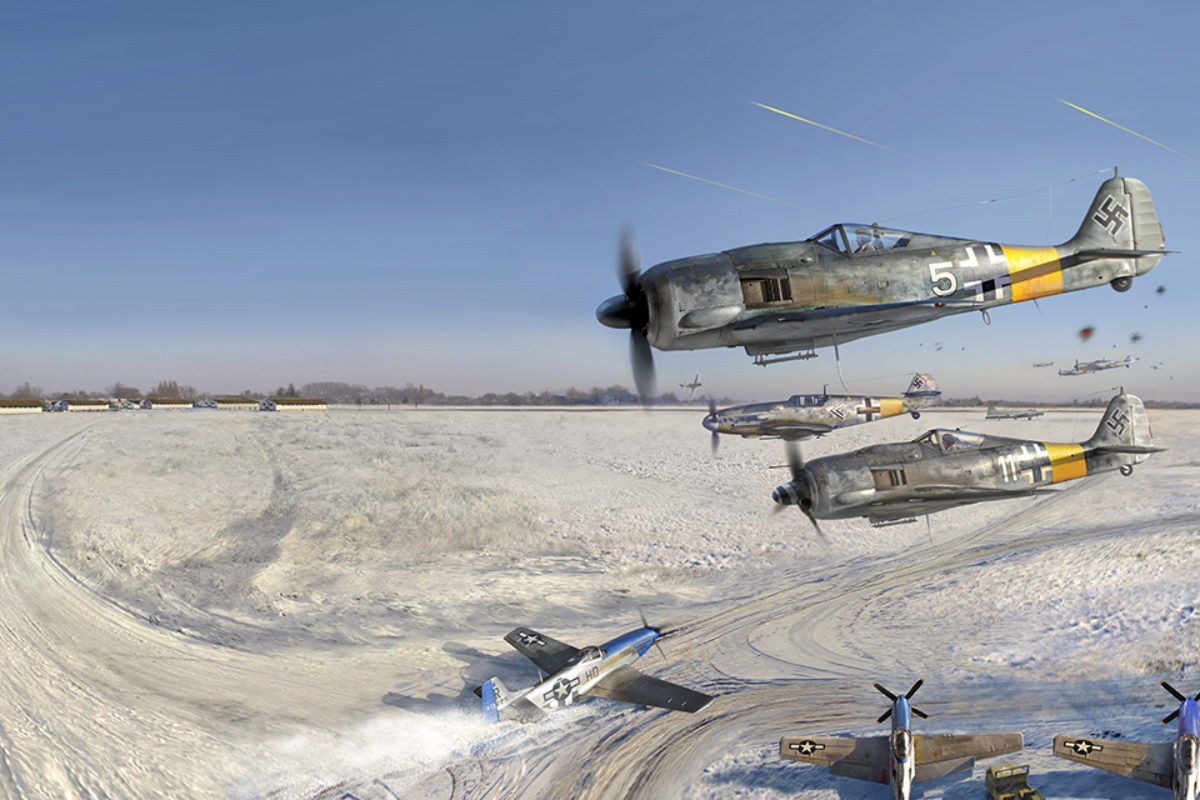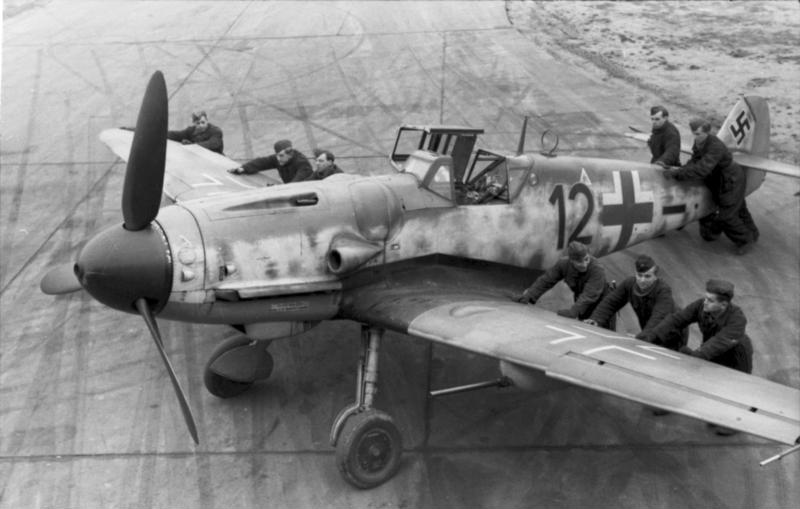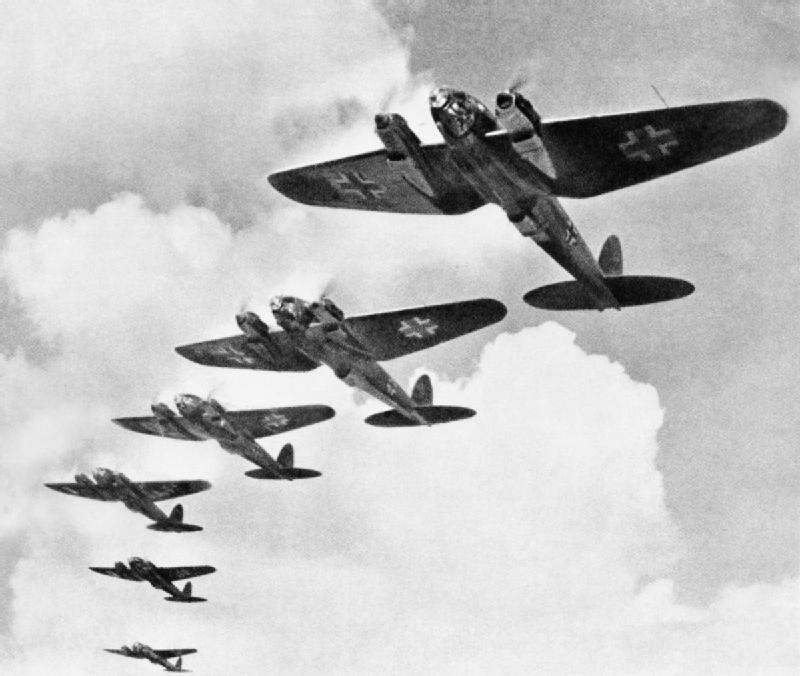
Yesterday we announced the launch of The Doomsday Clock, an original 18th Airborne Corps podcast series telling the incredible story of the Corps' Cold War history.
Today we're going to tell you more about some of the guests who will appear on the program.
[1 of 10]
Today we're going to tell you more about some of the guests who will appear on the program.
[1 of 10]

[2 of 10]
Of course, we'll have John Lewis Gaddis, the dean of Cold War historians about the start and end of American confrontation with the Soviets (Episode 16: April 27).
Of course, we'll have John Lewis Gaddis, the dean of Cold War historians about the start and end of American confrontation with the Soviets (Episode 16: April 27).
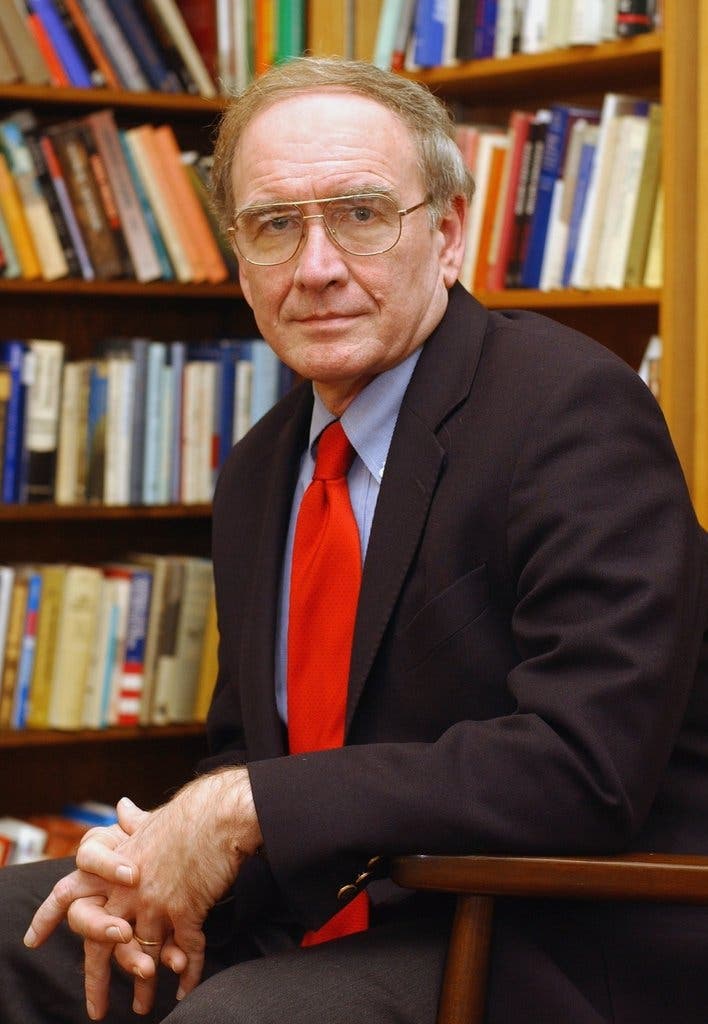
[3 of 10]
We'll also have the great H.W. Brands to talk about the Korean War and the stare down between Truman and MacArthur (Episode 7: February 23).
We'll also have the great H.W. Brands to talk about the Korean War and the stare down between Truman and MacArthur (Episode 7: February 23).

[4 of 10]
Podcast king Dan Carlin joins us for a deep, dark journey into the philosophy of the Soviet Union (Episode 9: March 9).
Podcast king Dan Carlin joins us for a deep, dark journey into the philosophy of the Soviet Union (Episode 9: March 9).

[5 of 10]
You know Sir Max Hastings as the great historian, but long before that he was a war reporter. That's him on the right in Vietnam in 1968.
He joins us to talk about American escalation in the Vietnam War (Episode 10: March 16).
You know Sir Max Hastings as the great historian, but long before that he was a war reporter. That's him on the right in Vietnam in 1968.
He joins us to talk about American escalation in the Vietnam War (Episode 10: March 16).

[6 of 10]
Adam Higginbotham is the author of a book about Chernobyl that served as the basis for the HBO series. He joins us to talk about the impact of that disaster on the viability of the Soviet Union (Episode 18: May 11).
Adam Higginbotham is the author of a book about Chernobyl that served as the basis for the HBO series. He joins us to talk about the impact of that disaster on the viability of the Soviet Union (Episode 18: May 11).

[7 of 10]
Joe Scarborough joins us to talk about the legacy of the Truman Doctrine (Episode 15: April 20).
Joe Scarborough joins us to talk about the legacy of the Truman Doctrine (Episode 15: April 20).

[8 of 10]
Serhii Plokhii grew up on the other side of the Iron Curtain. Now he's a professor of Ukrainian history at Harvard University and a prolific writer about the Cold War. He joins us for Episode 17 (May 4).
Serhii Plokhii grew up on the other side of the Iron Curtain. Now he's a professor of Ukrainian history at Harvard University and a prolific writer about the Cold War. He joins us for Episode 17 (May 4).

[9 of 10]
AJ Bacevich joins us to talk about the Army's Pentomic restructuring under Chief of Staff Maxwell Taylor (Episode 5: February 9).
AJ Bacevich joins us to talk about the Army's Pentomic restructuring under Chief of Staff Maxwell Taylor (Episode 5: February 9).

[END]
These are the biggest historians in the country, fascinating discussions, and stories you've never heard.
The program is available beginning one week from today on iTunes!
These are the biggest historians in the country, fascinating discussions, and stories you've never heard.
The program is available beginning one week from today on iTunes!

• • •
Missing some Tweet in this thread? You can try to
force a refresh

